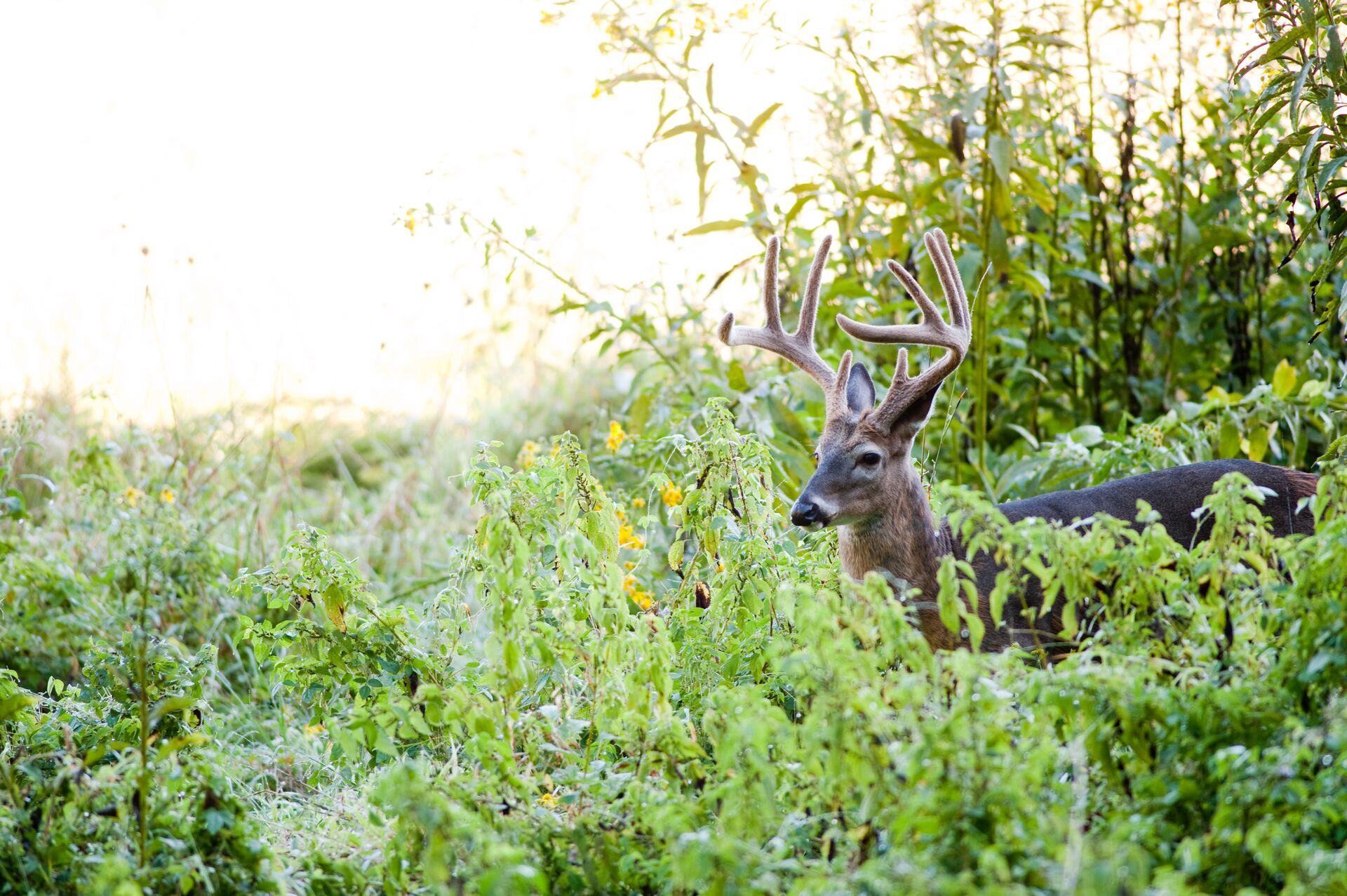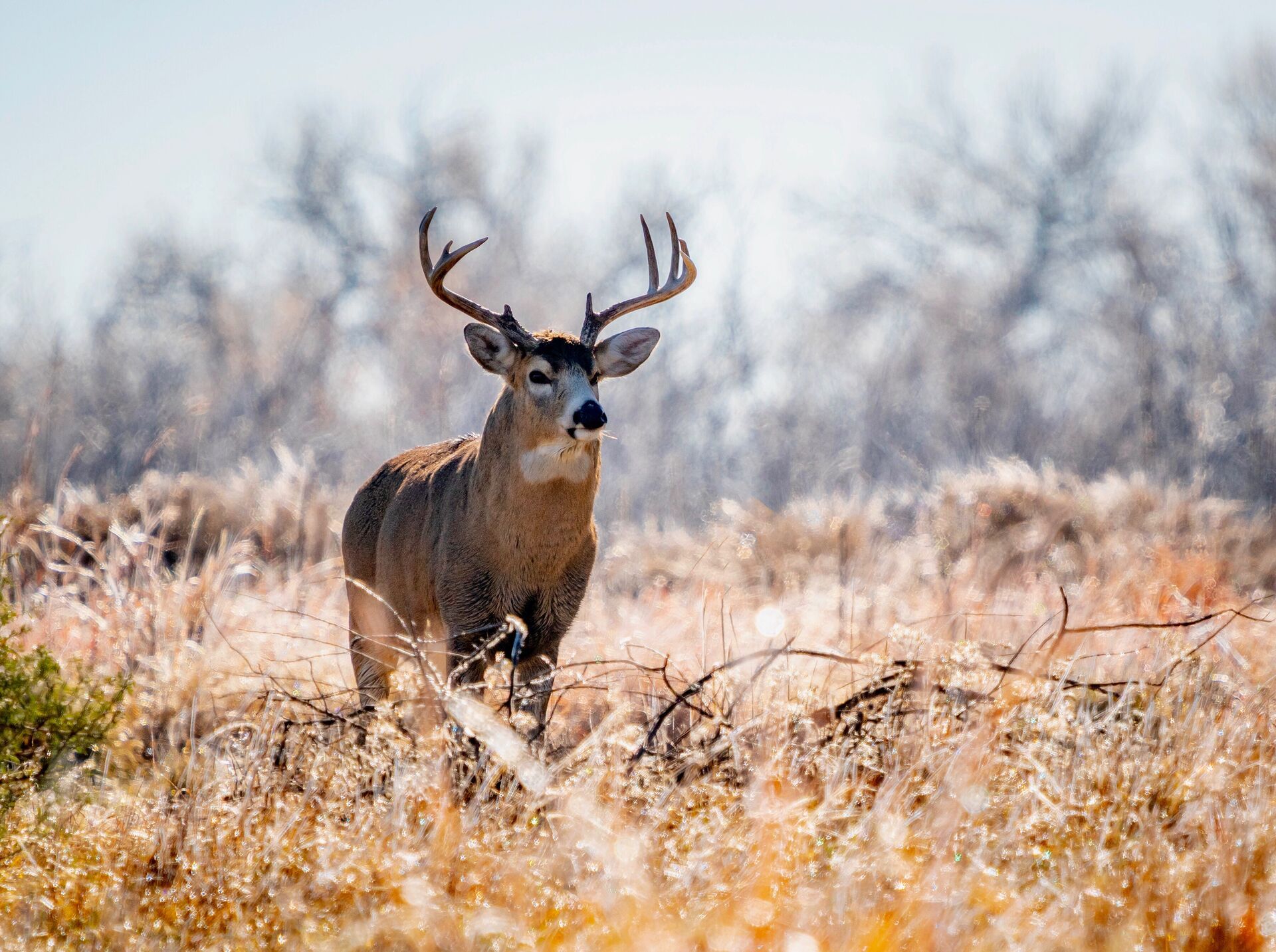Field Guide / Hunting Tips
The Guide to Late-Season Whitetail Hunting
Late-season deer hunting efforts often include a mixed bag of opportunities for mature bucks. Focusing on food, warmth, and less pressure can be the shift in strategy that helps those hours in the cold pay off.
Previous in Hunting Tips
More Content Like This

When Is the PA Archery Season 2025?
While it's true Pennsylvania has a healthy and abundant whitetail population; there's a lot more on offer than just this deer subspecies for the skilled bowhunter looking to try their luck at one of the best hunting locations on the East Coast. Read More
Read More
When Is Deer Season, Florida?
Florida is not for the faint of heart. From the alligators slicing through the swamplands to the dense and challenging forest environments, Florida is the place for deer hunters who want to test themselves and be rewarded with up to five deer per sea...Read More
Read More
Hunting Thermals: How to Understand Them for Better Deer Hunts
Whitetails live and die by their nose, so it’s no wonder that deer are the olfactory champions of the woods. Hunters (human or otherwise) have been trying to beat their sense of smell with every method we can come up with, including staying downwind ...Read More
Read More Deer
DeerWhen Is the PA Archery Season 2025?
While it's true Pennsylvania has a healthy and abundant whitetail population; there's a lot more on offer than just this deer subspecies for the skilled bowhunter looking to try their luck at one of the best hunting locations on the East Coast. Read More
Read More Deer
DeerWhen Is Deer Season, Florida?
Florida is not for the faint of heart. From the alligators slicing through the swamplands to the dense and challenging forest environments, Florida is the place for deer hunters who want to test themselves and be rewarded with up to five deer per sea...Read More
Read More Deer
DeerHunting Thermals: How to Understand Them for Better Deer Hunts
Whitetails live and die by their nose, so it’s no wonder that deer are the olfactory champions of the woods. Hunters (human or otherwise) have been trying to beat their sense of smell with every method we can come up with, including staying downwind ...Read More
Read More
1 of 3




